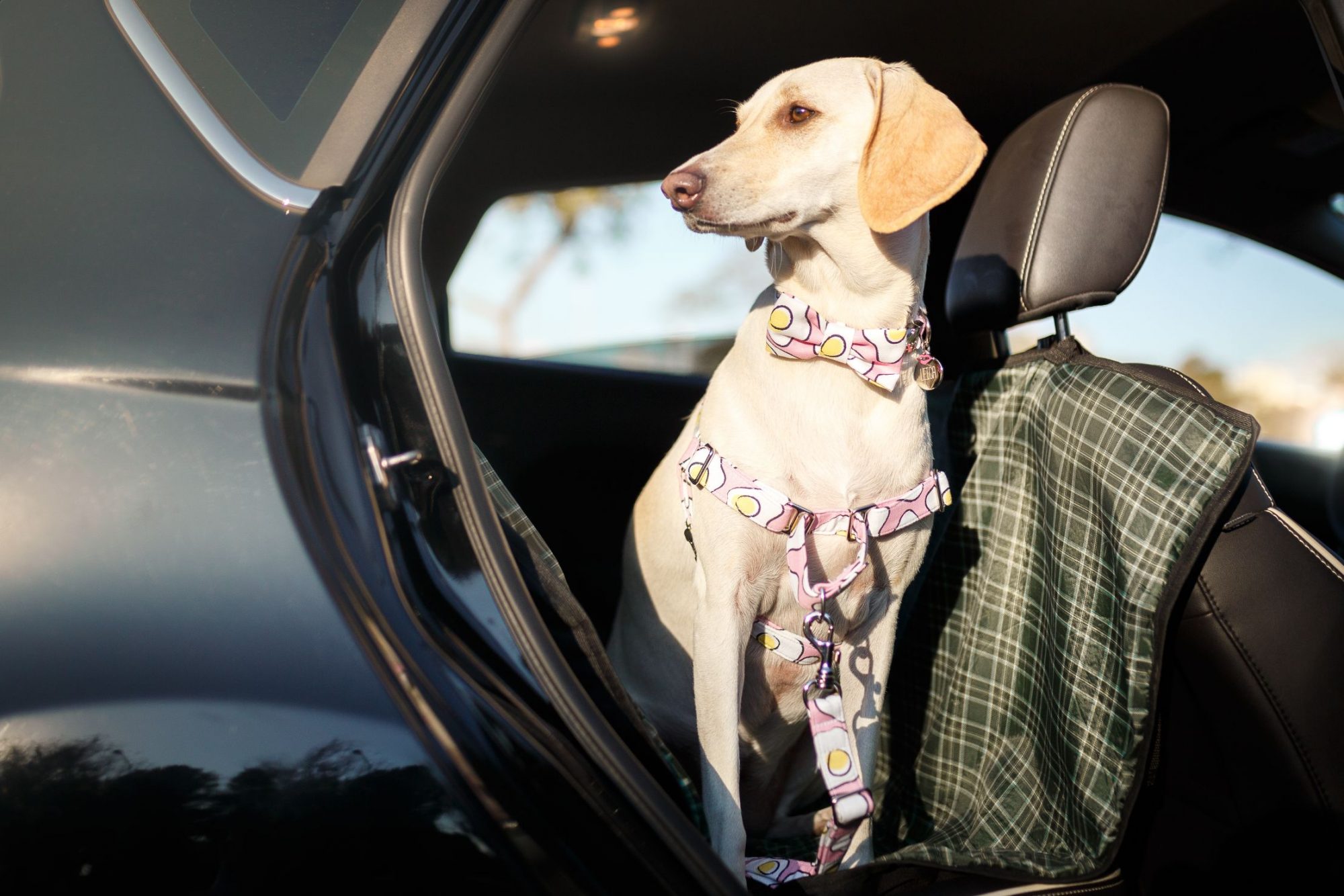3 Hazards for Pets to Avoid

Wouldn’t it be nice if we could surround our pets in protective bubble wrap? The thought of anything happening to a beloved companion is almost too much to bear. While the bubble wrap option is off the table, the next best way to foster pet safety is to know the most common pet safety hazards. If you’re wondering, “What should my pets avoid?” you’ve come to the right place.
The 3 Top Hazards for Pets to Avoid
From romping in the yard to cuddling up with you on the couch, pets spend most of their time at home. When they’re not at home, they’re often on a leash or under your close supervision. However, home is where most of the hazards are. By understanding the pet safety hazards you may have in your home, you can work to keep your furry companions safe. Here are the three top hazards that can compromise your pet’s safety.
1. Foods, Drinks, and Other Unsafe Edibles
Cats and dogs can smell far better than humans can. That means your pup can sniff out the chocolate you stashed in your purse. Or the pack of gum you accidentally left in the back pocket of your pants, even if they’re at the bottom of the laundry basket. Both gum and chocolate can be toxic for pets, and there’s a long list of additional, edible-to-humans items that your pets simply cannot eat, including:
- Caffeine
- Avocado
- Garlic
- Onions
- Grapes
- Raisins
- Macadamia nuts
- Marijuana
- Tobacco products
- Sugar-free chewing gum—or anything containing xylitol
- Yeast products
- Toothpaste
- Mouthwash
- Cooked bones
This isn’t an exhaustive list. And keep in mind that other edible things like prescription medications, herbal supplements, and over-the-counter medications can harm your dog, too. One of the most common pain medications—acetaminophen—is fatal to cats.
If you eat a lot of pitted fruits like cherries, plums, and apricots, keep them away from your pets. Not only can the pits cause your dog or cat to choke, but they also contain cyanide. To avoid these pet safety hazards, keep your furry companions out of the kitchen while you’re cooking and invest in cupboard locks if you’ve got a skilled counter and cabinet surfer on your hands.
2. Bleach, Antifreeze, and Other Non-Edible Items
The thought of tasting bleach or antifreeze may be atrocious to us, but our curious pets disagree. Like babies and toddlers, they use their mouths to explore the world. You can’t count on them hesitating to taste hazardous, non-edible items. Common yard, garden, and cleaning products that can hurt your pet include:
- Dryer sheets
- Dishwasher pods
- Cocoa mulch
- Fertilizer
- Weed killer
- Liquid potpourri
- Paint
- Solvent
- Rodenticides
- Household/car cleaning products
- Play dough and salt dough
- Pool and hot tub chemicals
- Ice melting products
- Car oil
- Batteries
- Glue
If your garage is full of these products, keep it locked, and don’t let your pet inside. Or, invest in locking cabinets to store all harmful yard, garden, and car products safely in your garage. Keep household cleaners—including bleach, toilet bowl cleaner, laundry detergent, dishwasher pods, and dryer sheets—out of reach or locked away.
3. Hazardous Plants
It might seem as though plants are harmless. Especially the plants you grow in your flowerbed or garden. They’re pretty to look at and taste good to you. Why wouldn’t your pet be able to take a nibble?
However, plants can be very toxic to pets. If you have dogs, cats, or other animals, use caution when growing:
- Aloe vera
- Foxglove
- English Ivy
- Amaryllis
- Corn
- Dogbane
- Hibiscus
- Peace lily
- Lily-of-the-Valley
- Poinsettia
- Sago palm
- Yew
- Stinging nettle
For more information on plants that can harm your pet, take a look at the ASPCA’s extensive list.
If you aren’t sure whether your dog or cat has been munching on a harmful food, non-edible substance, or toxic plant, give us a call at (215) 752-1010. During office hours, we can help to identify signs of poisoning and provide recommendations for the necessary treatment. After hours, call Animal Poison Control and head to the nearest Animal Emergency Hospital.

